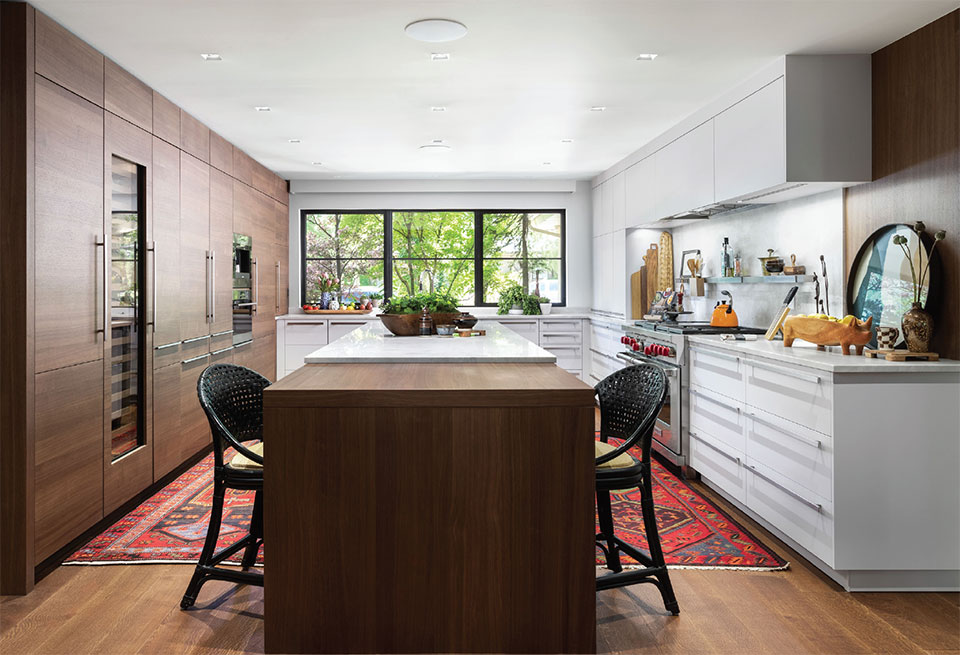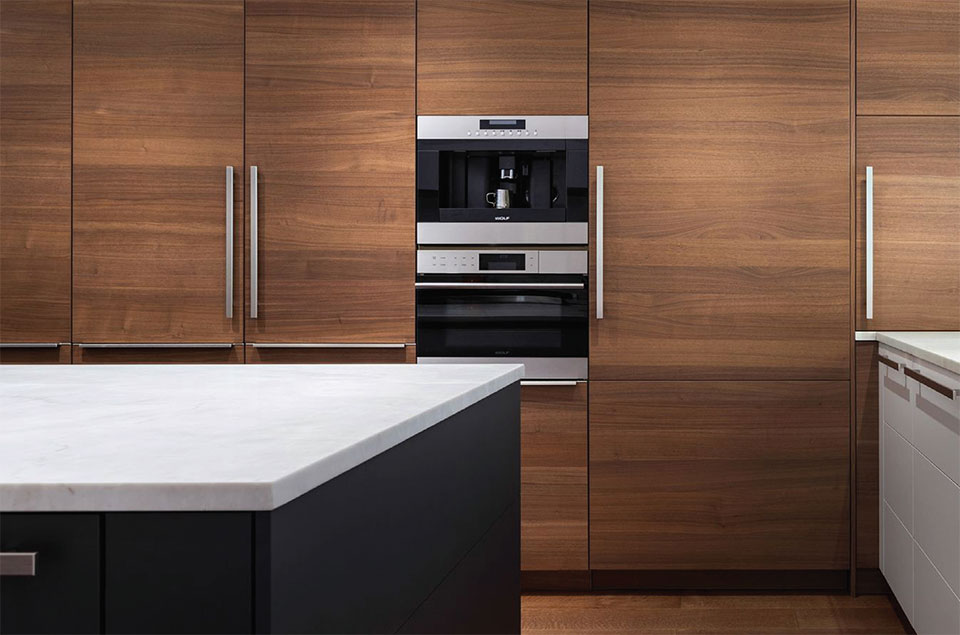Bring on the Next Challenge
by Walt Burns
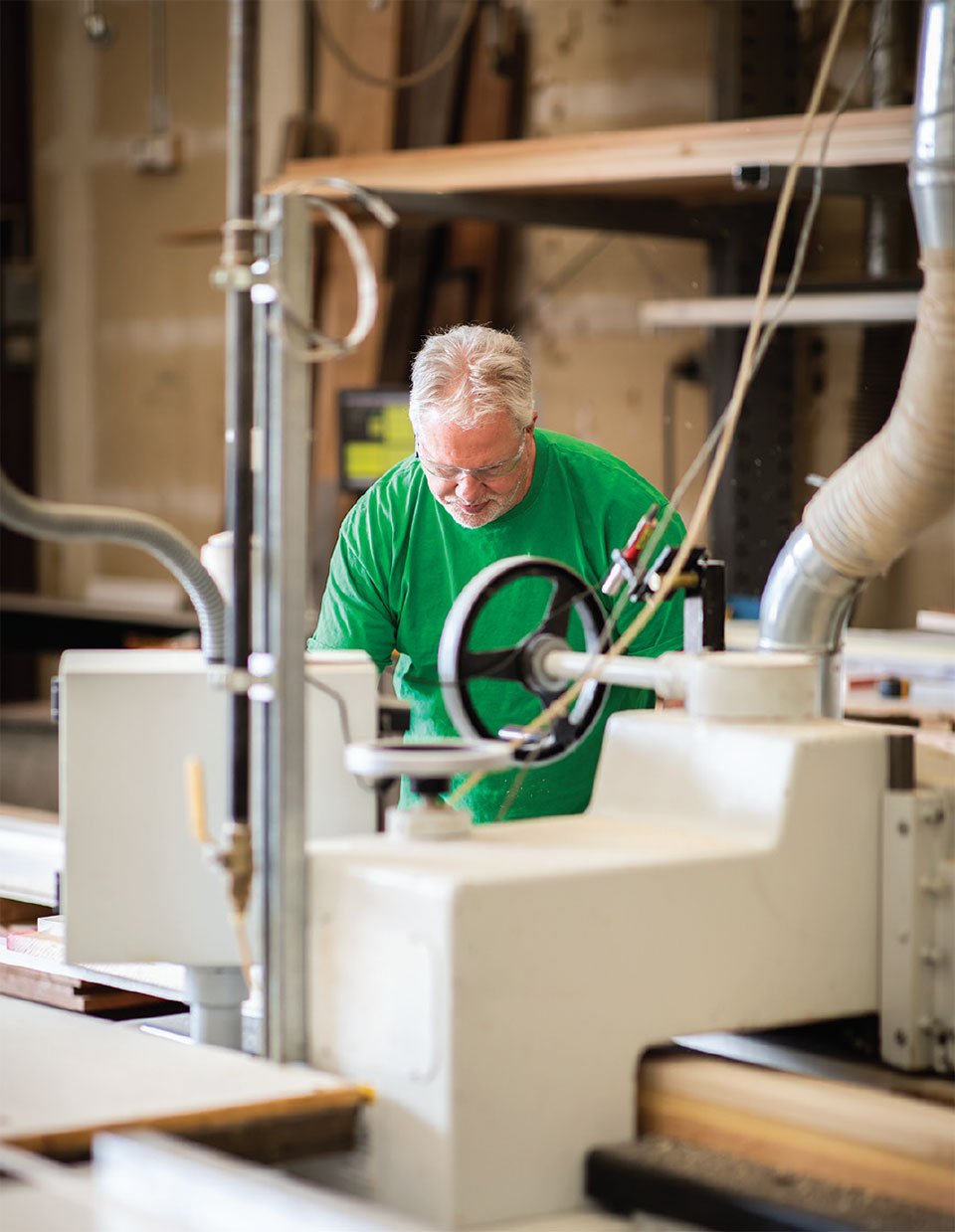
“I think people are going more simplistic in their lifestyles. The newer generation is really not a cluttering type of person. They feel less is more.”
–Wyatt McDaniel, Co-Owner, Peppertree Kitchen & Bath
While wood may be a constant, the way it’s used continues to evolve. No one knows this better than the people at Peppertree Kitchen & Bath. With showrooms in West Jordan, Utah, and Jackson Hole, Wyoming, they have spent the last three decades working wood into some of the finest custom-fit furniture and cabinetry imaginable. It is no surprise that you’ll find their work in many of the finest custom homes in the West.
Wyatt McDaniel has been with Peppertree since it started in 1986. He and a partner bought the company in 2012. Together, they’ve steered the business through the changes that have not only shaped the region, but the style of homes built there as well. As the design trend has decisively skewed more contemporary, Peppertree has kept developing the skills and expertise to deliver what their clients want.
“I think people are going more simplistic in their lifestyles. The newer generation is really not a cluttering type of person. They feel less is more. Cleaner designs. What that means is a lot straighter lines. That is the trend,” Wyatt explains.
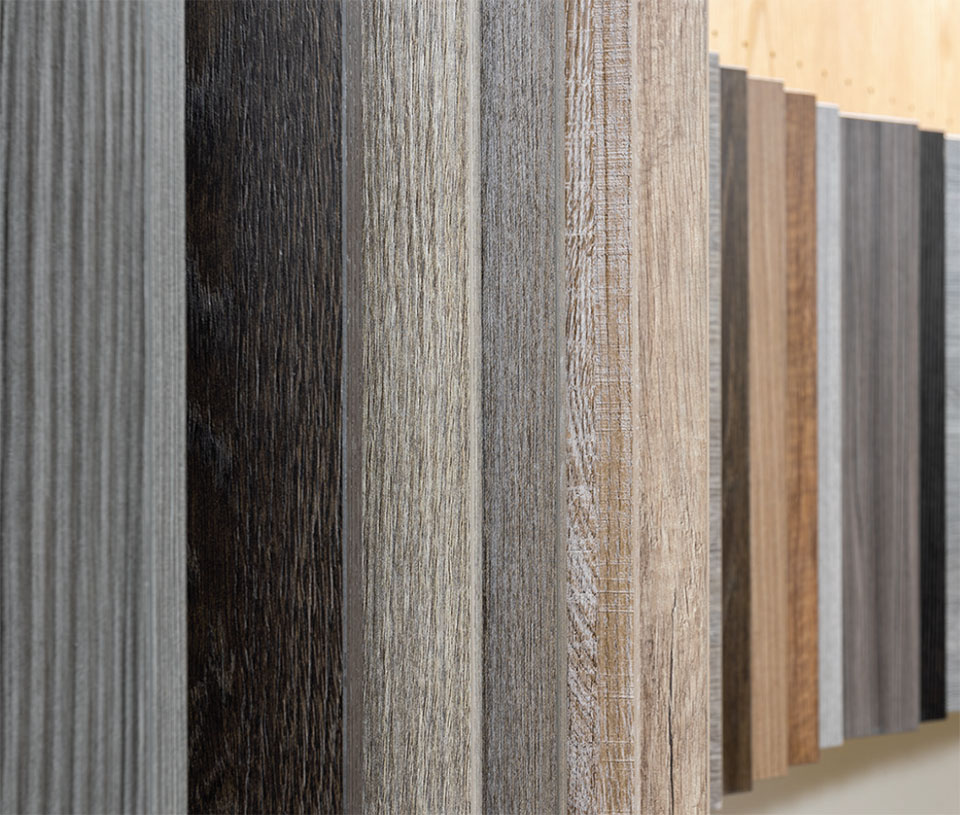
As trends evolve, so do the skills. “The biggest challenges are large doors and larger drawers. The drawer boxes are wider and taller. The doors seem to be getting wider,” Wyatt continues. “So, the challenge is making sure you keep them flat, making sure the hinges work properly.”
The trend is not just in the lines, however. Throughout the home, but especially in the kitchen, the wood itself is being viewed differently. “We’re working a lot with paint-grade maple in a lot of colors. Interior designers never go for just a standard white. They love to bring in all sorts of different and trendy colors,” says McDaniel. “We’re doing a lot of multiple colors.”
Overall, the look is more European. Clean. Sparse. Some color, as opposed to earthy wood tones throughout the interior. With such an aesthetic not historically associated with the Mountain West, it begs the question—is there still enthusiasm for reclaimed materials such as barnwood in custom mountain homes?
Wyatt’s experience points to a definite intersection of the two, and quite a bit more than you might realize. One recent project he highlights is a perfect example of this intersection. “We did a high-gloss white parameter. The perimeter of the room is a very high-gloss white while the island is out of barnwood and steel. The islands are all barnwood, rustic barnwood, and the legs on the island and the skirt around the overhang is wrought iron steel,” he explains.
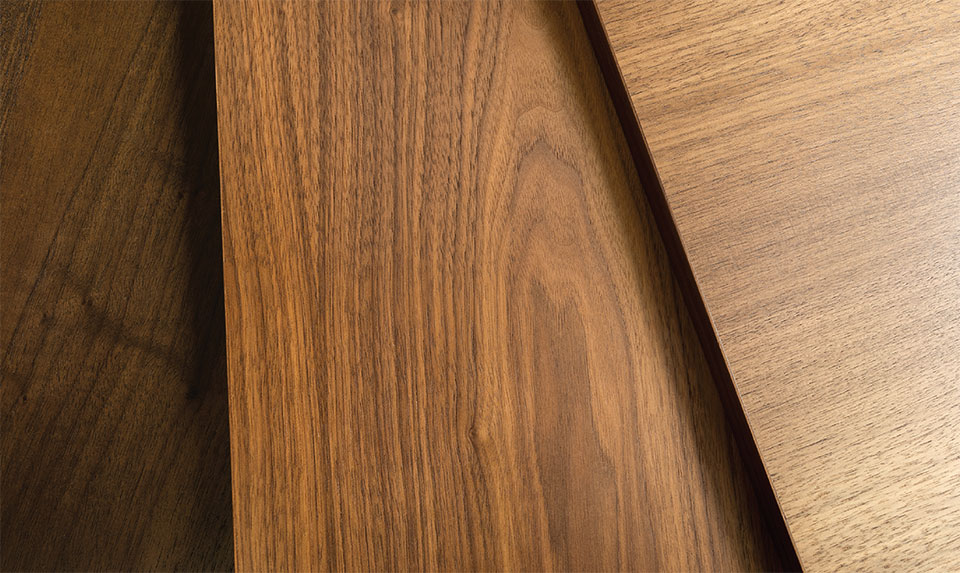
“The challenge with barnwood is that our clients tend to want all one color. When I call the reclaimed wood suppliers and tell them I need one color, they tend to laugh at me.”
–Wyatt McDaniel, Co-Owner, Peppertree Kitchen & Bath
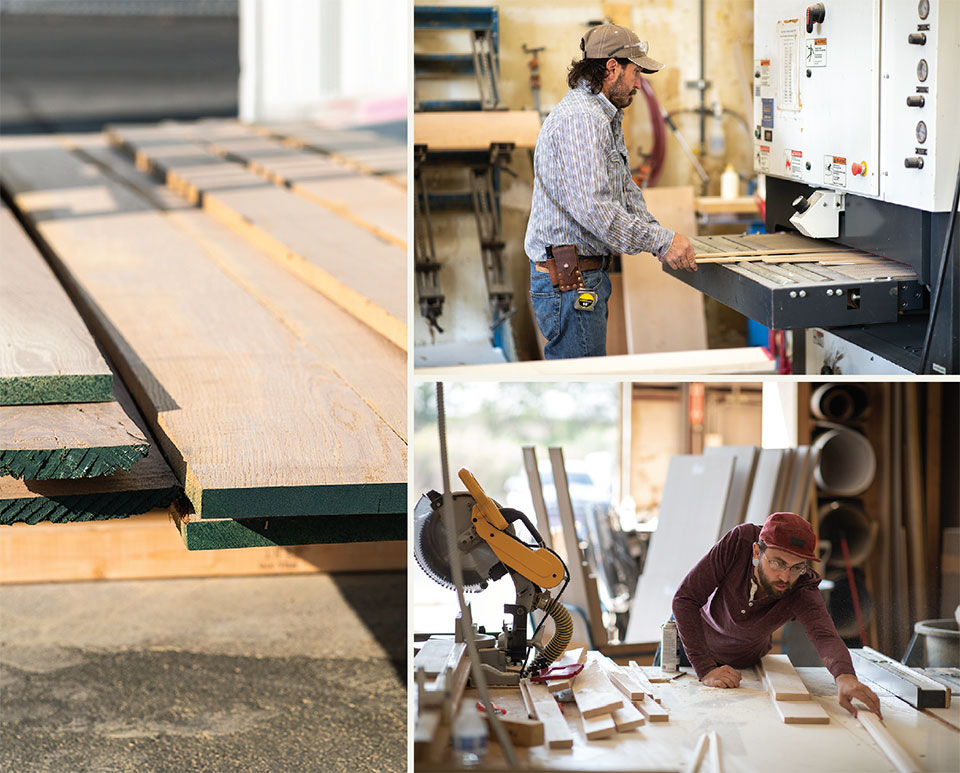
The effect is dramatic, and not easily accomplished. “The challenge with barnwood is that our clients tend to want all one color. When I call the reclaimed wood suppliers and tell them I need one color, they tend to laugh at me,” Wyatt explains. “They say, ‘A barn is a barn, and you know we’ll get you into a brownish or a greyish or a mix color.’ But you don’t get all one color, so there’s major challenges there with barnwood.”
Peppertree is certainly up to these types of challenges. In fact, taking on the biggest challenges seems to be something deep in the Peppertree DNA. McDaniel tells of one particular project, “We did a large-scale remodel on a log cabin that was essentially modernizing the interior. We had to run a multiple kerf line throughout the whole house and tie in from one inside the kitchen, around the kitchen and back into the entryway. Additionally, they wanted all the cabinetry hidden with big doors. These doors were 1¼” thick, probably 36-40 inches wide, and about seven or eight feet tall. All these doors had to open, and then they would go into the countertop and they would entertain from there.” Wyatt continues, “So that was very challenging. How do you support that door and structurally make sure it works for 20 years—and then get all those kerf lines to work out?”
Tackling those kinds of challenges and standing behind your work is the only way to gain a reputation like the one Peppertree enjoys. “We’re a longevity company,” says Wyatt. “We have great designers who listen to their clients and we’ve been in business a long time. If there’s an issue, we stand behind our work 100%.”
That is a model that survives no matter where the design is trending.
